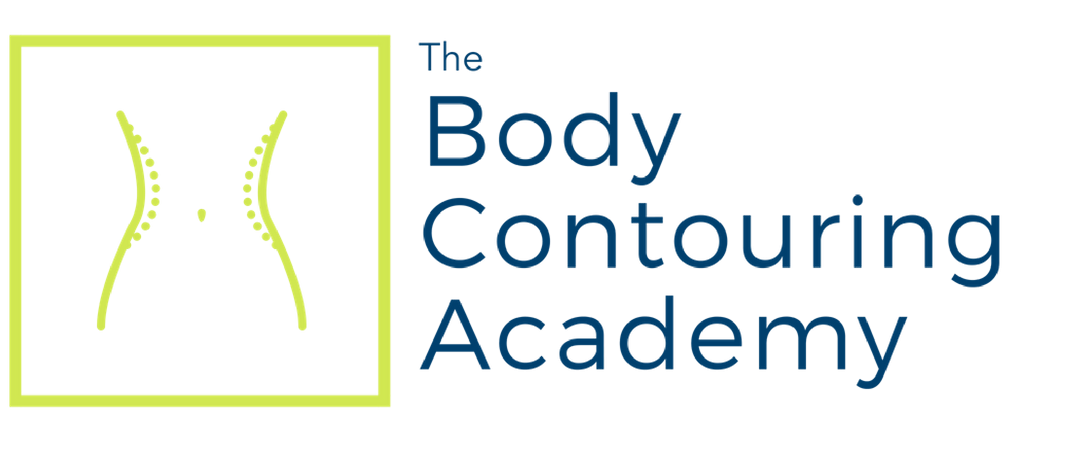Who is the ideal candidate for ultrasound cavitation?

As a healthcare professional evaluating patients, you need to know if certain technologies are right for each patient. The focus in this article is on one technology, ultrasound cavitation. In the article, you’ll learn how to tell if your patient is a candidate for ultrasound cavitation or if you should consider a different technology, plus you’ll discover some tips to get best cavitation results and get the scoop about the best ultrasound cavitation certification course.
What is ultrasound cavitation?
Ultrasound fat cavitation is a non-invasive body contouring procedure that uses ultrasound energy to destroy fat cells. It is a popular choice for people who are looking to reduce stubborn fat deposits in areas such as the abdomen, thighs, buttocks, and arms.
Key benefits
- It is a non-invasive procedure with no downtime.
- It is safe and effective for most people.
- It can be used to target specific areas of the body.
- It can help to reduce stubborn fat deposits that are resistant to diet and exercise.
- It can smooth the cellulite appearance.
Ideal candidate for ultrasound cavitation
The ideal ultrasound cavitation candidate is someone who is at or near their ideal body weight and has good skin elasticity. Fat cavitation is not a weight loss procedure or a skin tightening treatment, but it can help to slim down, firm up and reshape the body.
Not every patient is a candidate
There are a few patients who are not good candidates for fat cavitation, including:
- Pregnant or breastfeeding women
- People with heart disease
- People with liver or kidney disease
- People with diabetes
- People with cancer
- People with metal implants in or near the area to be treated
Not sure if your patient is a candidate for ultrasound cavitation?
If you are unsure if your patient is a candidate for ultrasound fat cavitation,
- Consult with a medical professional, or
- Err on the side of safety and efficacy, and choose a different treatment.
How to achieve the best results with ultrasound fat cavitation #1
For the best results when you’re treating with ultrasound fat cavitation, your patient must adhere to your post-treatment instructions for every treatment.
Your post-treatment instructions should provide specific guidelines covering
- The type of diet your patient should follow
- The type and amount of exercise she needs
- How much water she should drink daily
- A restriction of alcohol
- Instruction on self-massage
And
- An explanation of why she should be adhering to these instructions for best results.
Get all the cavitation forms you need!!
Do you need a better post-treatment form?
For a great Ultrasound Cavitation Post-Treatment Instruction form, check out the Body Contouring 6 in 1 Masterclass, an affordable turnkey online body contouring certification course that includes all the forms you need!
How to achieve the best results with ultrasound fat cavitation #2
You cannot achieve results with just one ultrasound cavitation treatment. Most patients need between 6 and 10 treatments to achieve results. Some may need more.
The Body Contouring 6 in 1 Masterclass
If you’re interested in becoming an expert in ultrasound cavitation and getting your body contouring certification, take a look at the Body Contouring 6 in 1 Masterclass.
In the course, you’ll not only learn about and get certified in ultrasound fat cavitation...you’ll get a turnkey online body contouring certification course in which you’ll learn about 4 different technologies
- Ultrasound fat cavitation
- RF (Radiofrequency) skin tightening
- Lipo laser
- Vacuum/LED technology
And you’ll learn how to treat
- Unwanted Fat
- Loose skin
- Cellulite
- Stretch Marks
Editorial Disclaimer: This content has been created, in part, by an AI language model and is intended to provide general, helpful information. While we strive to deliver accurate and reliable information, it may not always reflect the latest developments or expert opinions. This content should not be considered to be professional or expert advice. We encourage you to verify the information independently before making decisions based on this article.
